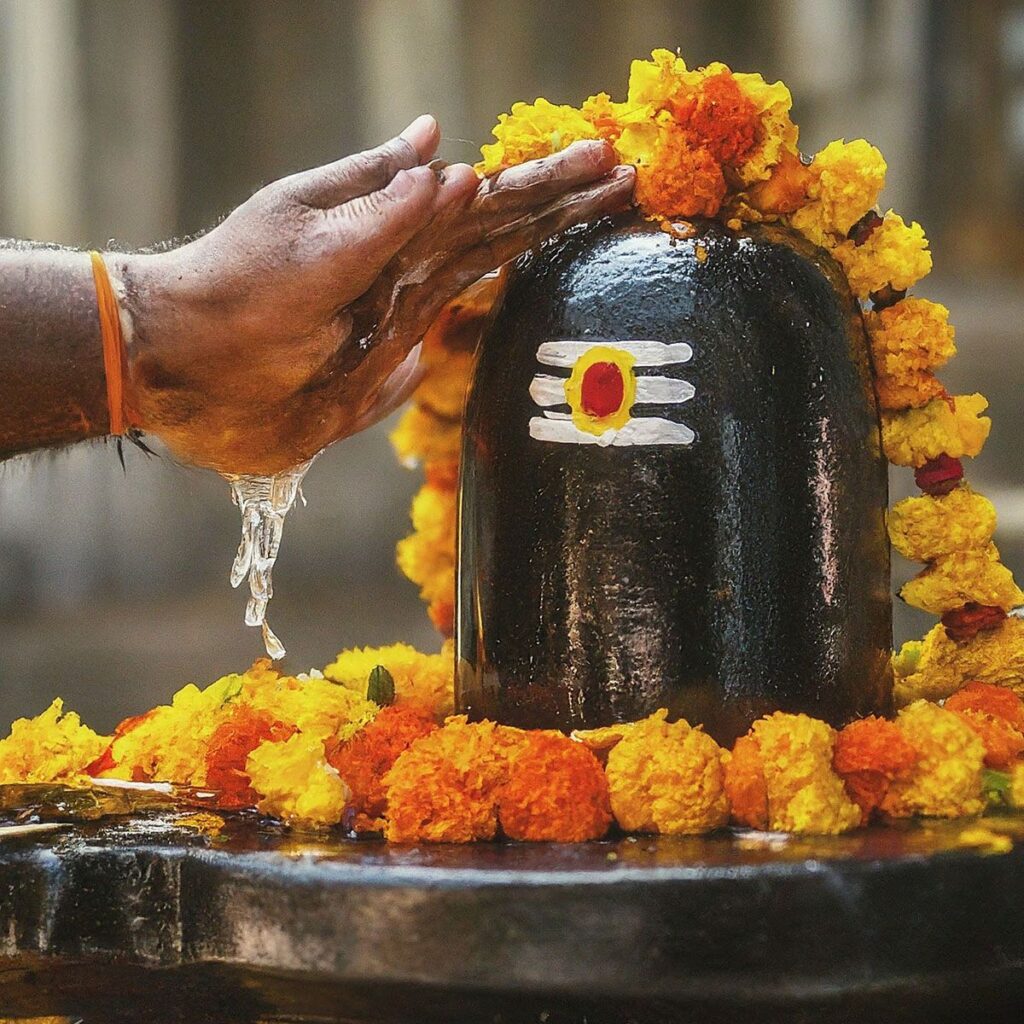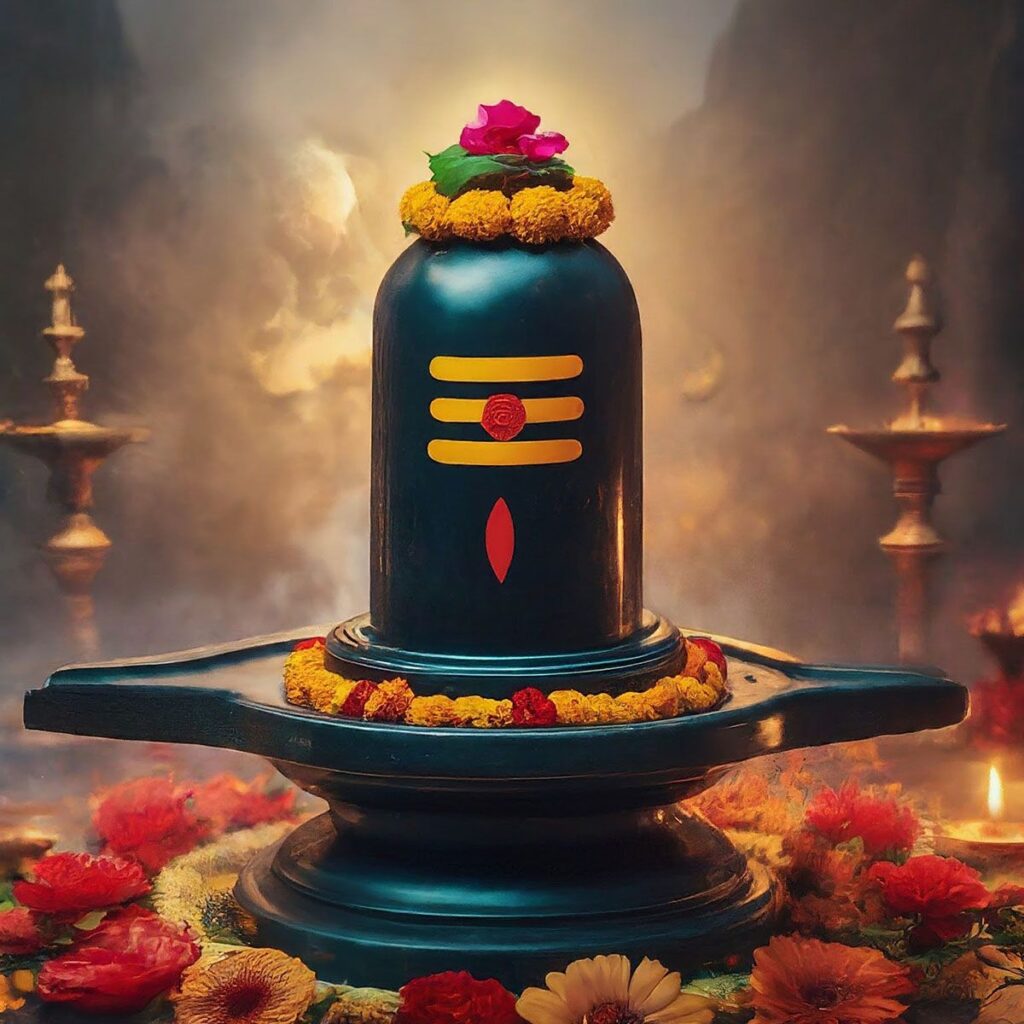Significance of Mahashivratri: A Night of Spiritual Awakening
Significance of Mahashivratri: The “Great Night of Shiva,” stands as one of the most revered and celebrated festivals in Hinduism. Occurring annually in the lunar month of Phalguna, typically falling in February or March, this auspicious day holds profound spiritual significance for millions of devotees worldwide. The festival is dedicated to Lord Shiva, one of the principal deities in the Hindu pantheon, and its observance involves a rich tapestry of rituals, prayers, and cultural celebrations.

Contents
- 1 Significance of Mahashivratri: Historical and Mythological Context:
- 2 Mahashivratri Story:
- 3 How is Maha Shivaratri Celebrated:
- 4 Spiritual Significance of Mahashivratri:
- 5 Cultural Significance of Mahashivratri:
- 6 Symbolism and Philosophical Dimensions:
- 7 Environmental Awareness and Social Responsibility:
- 8 FAQ:
Significance of Mahashivratri: Historical and Mythological Context:
To truly appreciate the significance of Mahashivratri, one must delve into the historical and mythological context that surrounds this sacred day. According to Hindu mythology, this is the night when Lord Shiva performed the Tandava, the cosmic dance of creation, preservation, and destruction. Devotees believe that on this night, the divine energy is particularly potent, and Lord Shiva’s blessings are more accessible.
Mahashivratri also commemorates the marriage of Lord Shiva and Goddess Parvati. The union of these divine entities symbolizes the cosmic balance between the male and female principles, emphasizing the interconnectedness of creation and the cyclical nature of life.
Read More>> Significance of OM Symbol | AUM Symbol
Mahashivratri Story:
The story behind Maha Shivaratri is rooted in Hindu mythology, and there are various legends associated with this auspicious day. One of the most well-known stories is the marriage of Lord Shiva and Goddess Parvati. Here’s an in-depth exploration of this narrative:
The Legend of Lord Shiva and Goddess Parvati’s Marriage:
1. Sati’s Sacrifice:
The story begins with Sati, the daughter of King Daksha and the first wife of Lord Shiva. Sati was deeply devoted to Shiva, but her father disapproved of their union due to Shiva’s unconventional lifestyle and appearance.
Undeterred by her father’s objections, Sati continued to worship Lord Shiva and eventually married him against Daksha’s wishes. However, Daksha organized a grand Yajna (a sacrificial ritual) and purposely excluded Shiva from the guest list, insulting him in the process.
Unable to bear the disrespect towards her husband, Sati immolated herself in the fire of the Yajna. This act of self-sacrifice deeply moved Lord Shiva and left him grief-stricken.
2. Shiva’s Grief and Austerity:
Overwhelmed by sorrow and rage, Shiva carried the charred body of Sati and began performing the cosmic dance of destruction, the Tandava. To prevent the impending catastrophe that would result from this dance, Lord Vishnu intervened and dismembered Sati’s body with his Sudarshana Chakra.
The places where parts of Sati’s body fell became known as Shakti Peethas, sacred sites associated with the divine feminine energy.
3. Rebirth of Parvati:
Sati was later reborn as Parvati, the daughter of the Himalayas. Parvati was determined to win Lord Shiva’s heart and undertook intense penance to seek his favor.
Her rigorous tapasya (austerity) continued for many years. In one version of the story, she performed her penance during the month of Phalguna, leading to the night of Maha Shivaratri.
4. Union of Shiva and Parvati:
Pleased with Parvati’s devotion and penance, Lord Shiva finally accepted her as his consort. The divine marriage between Shiva and Parvati took place on the moonless night of Maha Shivaratri.
This union is symbolic of the harmonious balance between the male and female energies, emphasizing the essential principles of creation and regeneration.
Read More>> Significance of 108 in Hinduism: Exploit Spiritual Connection

How is Maha Shivaratri Celebrated:
Mahashivratri is observed with various rituals and practices throughout India and the Hindu diaspora:
- Fasting: Devotees often undertake a day-long fast, consuming only fruits, milk, or light vegetarian meals. Observing the fast signifies self-discipline, purification, and devotion to Lord Shiva.
- Worship and Offerings: Devotees visit temples dedicated to Lord Shiva, offering prayers, flowers, bilva leaves (considered sacred to Shiva), and abhishekam (pouring sacred liquids like water, milk, or honey over the deity).
- Jagran (Staying Awake): Devotees stay awake throughout the night, engaging in prayers, chanting hymns (Shiva mantras), and participating in devotional bhajans and kirtans.
- Special Pujas and Abhishekam: Many temples conduct special pujas (worship rituals) and elaborate abhishekam ceremonies throughout the night.
Read More>> Significance of Swastik Symbol
Spiritual Significance of Mahashivratri:
- Devotion and Fasting: Devotees observe Mahashivratri with unwavering devotion, engaging in prayers and rituals to seek the divine blessings of Lord Shiva. Many undertake fasting as a form of self-discipline and purification, abstaining from food and focusing their energies on spiritual pursuits.
- Nightlong Vigil and Meditation: A distinctive feature of Mahashivratri is the nightlong vigil, where devotees stay awake in prayer and meditation. This practice is rooted in the belief that staying awake during this auspicious night helps individuals connect with the divine energy and experience spiritual awakening.
- Worship of the Shiva Lingam: The Shiva Lingam, a symbolic representation of Lord Shiva’s generative and creative power, takes center stage in Mahashivratri celebrations. Devotees engage in the ritualistic worship of the Lingam, symbolizing the cosmic pillar of light and the essence of creation.
- Renewal and Inner Transformation: Mahashivratri serves as a time for introspection and renewal. Devotees reflect on their lives, seek forgiveness for past transgressions, and make resolutions for positive changes. It is a period of inner transformation and spiritual growth.
Read More>> Oldest Religion in the World

Cultural Significance of Mahashivratri:
- Temple Visits and Festive Atmosphere: Mahashivratri transforms temples into vibrant centers of activity. Devotees flock to Shiva temples, where priests conduct elaborate rituals and ceremonies. The air is filled with the sounds of devotional music, bhajans, and the chanting of sacred mantras.
- Processions and Cultural Events: In various regions, Mahashivratri is celebrated with grand processions that showcase the rich cultural heritage associated with the festival. Traditional dances, music performances, and other cultural events add to the festive atmosphere.
Read More>> Niyoga in Hinduism: Unveiling a Controversial Practice in Hinduism
Symbolism and Philosophical Dimensions:
- Triumph of Light over Darkness: Mahashivratri symbolizes the triumph of light over darkness and good over evil. It reinforces the concept that the pursuit of spiritual knowledge and righteousness leads to enlightenment and liberation from the cycles of birth and death.
- Unity of Opposites: The marriage of Lord Shiva and Goddess Parvati symbolizes the unity of opposites, emphasizing the complementary nature of male and female energies. This union represents the harmonious balance required for the sustenance of the universe.
- Cyclical Nature of Existence: The cosmic dance of Lord Shiva signifies the cyclical nature of existence, where creation, preservation, and destruction are intertwined. Mahashivratri prompts contemplation on the transient nature of life and the eternal cycle of birth and rebirth.
Read More>> Is Eating Non-Veg a sin in Hinduism?
Environmental Awareness and Social Responsibility:
In some regions, Mahashivratri is associated with environmental awareness and social responsibility. Devotees are encouraged to engage in activities that promote ecological well-being, such as planting trees and promoting sustainable practices.
Conclusion:
Mahashivratri, with its multifaceted significance, transcends religious boundaries and serves as a universal celebration of spirituality, unity, and cultural richness. As devotees come together to honor Lord Shiva, they not only partake in ancient rituals but also contribute to the ongoing tapestry of traditions that define the diversity and depth of Hindu culture. The festival’s enduring appeal lies in its ability to inspire introspection, foster community bonds, and serve as a beacon of spiritual awakening in the hearts of millions.
FAQ:
- What is Maha Shivaratri?
- Maha Shivaratri is a Hindu festival dedicated to Lord Shiva. It translates to the “Great Night of Shiva” and is celebrated annually in reverence to the deity.
- When is Maha Shivaratri celebrated?
- Maha Shivaratri usually falls in the Hindu month of Phalguna, which corresponds to February or March in the Gregorian calendar. The exact date varies each year.
- Why is Maha Shivaratri celebrated at night?
- The night of Maha Shivaratri is considered auspicious as it is believed to be the time when Lord Shiva performs the divine dance of creation, preservation, and destruction. Devotees stay awake throughout the night to honor this event.
- What rituals are observed on Maha Shivaratri?
- Devotees observe fasts, visit Shiva temples, perform Rudra Abhishek (a ritual bath of the Shiva Lingam), chant prayers and mantras, and stay awake during the night in devotion to Lord Shiva.
- Why is Lord Shiva worshipped with the Shiva Lingam?
- The Shiva Lingam is a symbolic representation of Lord Shiva’s creative and generative power. It is a sacred form of worship and represents the cosmic pillar of light and energy.
- Is fasting a common practice during Maha Shivaratri?
- Yes, fasting is a common practice on Maha Shivaratri. Devotees abstain from food and some also avoid drinking water as a form of penance and purification.
- What is the significance of staying awake on Maha Shivaratri?
- Staying awake all night, known as Jagaran, symbolizes a vigil of spiritual awakening. Devotees engage in prayers, meditation, and chanting to connect with the divine energy and seek Lord Shiva’s blessings.
- Are there regional variations in Maha Shivaratri celebrations?
- Yes, Maha Shivaratri is celebrated with variations in customs and traditions across different regions. Local cultural practices may influence the way the festival is observed.
- Can people of all ages participate in Maha Shivaratri celebrations?
- Yes, people of all ages can participate in Maha Shivaratri celebrations. The festival is inclusive, and individuals engage in activities based on their abilities and beliefs.
- Is Maha Shivaratri only a religious festival, or does it have cultural significance?
- Maha Shivaratri is both a religious and cultural festival. While it holds deep religious importance for Hindus, it also serves as a cultural celebration that brings communities together through prayers, rituals, and festive activities.
